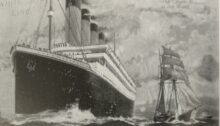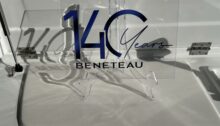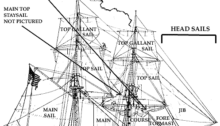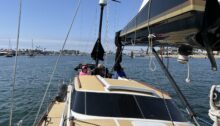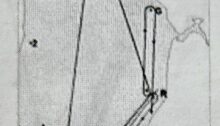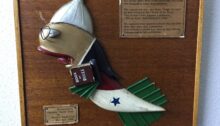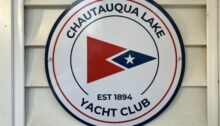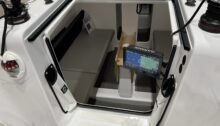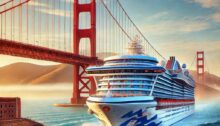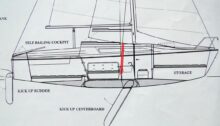A super yacht of Italian design, And a vessel grand, where futures align. Her decks are streets, her lounges are squares, A metropolis afloat, with worldly fares.
Beneath the fog, she slips away, A city for tomorrow, born today. Not bound by land, nor fixed in place, Ruby Princess glides with effortless grace. Restaurants and theaters, pools and spas, A microcosm of life, both near and far.
San Francisco fades, but urban life thrives, On this ship where innovation drives. No billionaire’s toy, this Princess of the sea, But a glimpse of what our cities could be. Efficient, diverse, a community afloat, Ruby Princess, more than just a boat.
From port to port, she carries her nation, A blueprint for future civilization. A Fincantieri super yacht so rare, And a city of the future, beyond compare.
